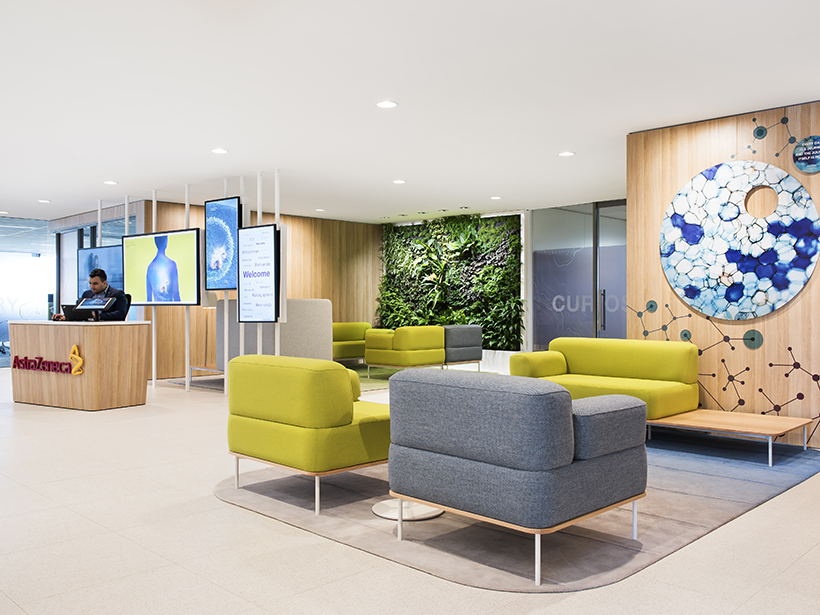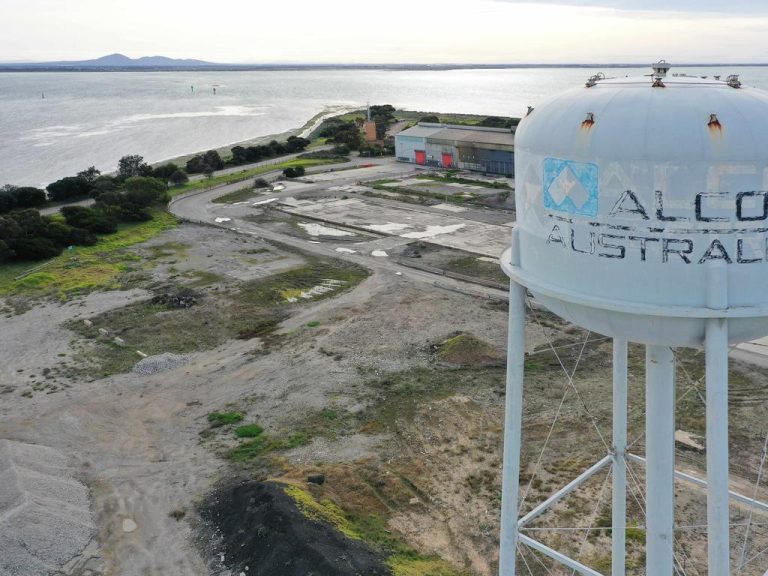Is the traditional corner office dead and buried?

The corner office is a thing of the past with the majority of new workplaces rolling out open plan designs, according to the latest industry snapshot.
New York City-based design firm Ted Moudis Associates has released its 2018 Workplace Report, revealing 92% of firms have opted to do away with private offices, instead embracing a communal setting.
Hot-desking arrangements were implemented in more than half of the office renovations, also flagging the move away from assigning staff personal areas.
Commercial Insights: Subscribe to receive the latest news and updates
Instead employers are focusing on utilising the extra room for employee wellness spaces including, cafes and relaxation areas, the firm says.
“The largest shift we have seen this year is the increase on space dedicated to mental and physical wellbeing, which highlights the shift in focus to employee wellbeing in the workplace,” it says in the report.
“We’ve been talking about the continued adoption of progressive workplace concepts for years now. The good news is that these concepts have increasingly become best practices and virtually all organisations are implementing some, if not all, of them.”

The traditional corner office is dead, according to a US design firm.
The snapshot highlighted the focus on staff is being driven by the need to attract and retain top talent, while also demonstrating how businesses have less reliant on paper.
In some offices paper is so passé that filing cabinets have almost disappeared completely, along with a decline in cluttered printing machine areas.
The executive office is also becoming a relic of the past, with researchers predicting they will feature less in future office layouts.
Despite the move toward open plan designs firms still acknowledge a need for some enclosed areas including smaller meeting rooms suited to teams working on group projects and client catch-ups.
The data was compiled by the leading firm from 31 American projects, which included designing 15,546 work stations in the financial and professional services sector along with digital media groups.
“This is a really exciting time to be in workplace,” says Jamie Feuerborn, director of workplace strategy at Ted Moudis Associates.
“Executive leaders are competing amongst other organisations across all industries to recruit the best and brightest talent and have come to realize the value the physical workplace brings.
“As a result, we have seen a larger investment in workplace strategy and change management services to help create the right balance between their culture, productivity, and employee experience.”
Despite the changes, the overall space used per seat remained steady, indicating workplaces have reached density.







